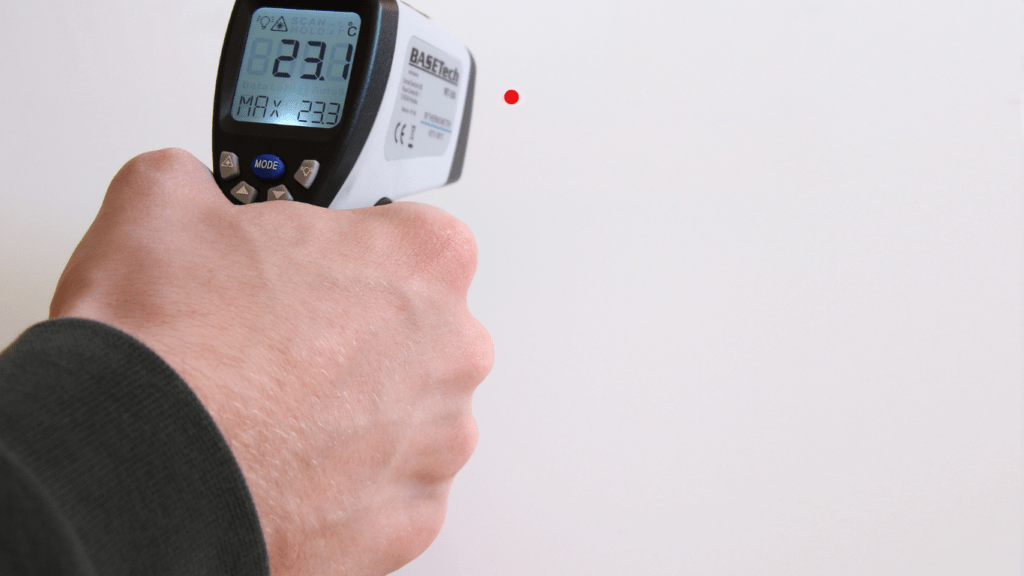Cooking temperatures play a crucial role in creating delicious and safe meals in the kitchen. As a home cook or aspiring chef, knowing when and how to use different cooking temperatures is essential for mastering various dishes. Whether you’re searing a steak, baking a cake, or simmering a stew, understanding the right temperature settings can make all the difference in the final outcome of your culinary creations.
In this article, I’ll guide you through the importance of cooking temperatures and how they affect the texture, flavor, and safety of your food. From the low heat required for gentle simmering to the high heat needed for a perfect sear, each cooking technique demands precision to achieve the best results. By grasping the fundamentals of cooking temperatures, you’ll elevate your dishes to a new level and impress your family and friends with your culinary skills.
The Importance of Cooking Temperatures
Understanding the importance of cooking temperatures is crucial in ensuring both the flavor and safety of your meals. Different dishes require specific temperatures to achieve the desired outcome, whether it’s a perfectly seared steak, a moist cake, or a well-simmered stew. As a cook, I know that mastering these temperature nuances is key to elevating your culinary creations and impressing your guests.
Cooking temperatures play a significant role in determining the texture, flavor, and safety of the food you prepare. Precise temperatures can transform tough meat into a tender delight, caramelize sugars for a delectable crust, and kill harmful bacteria to prevent foodborne illnesses. It’s essential to understand the impact of temperatures on ingredients to unleash their full potential in your dishes.
When you grasp the fundamentals of cooking temperatures, you gain the power to manipulate the outcome of your dishes with precision. From achieving a crisp exterior on a roast chicken to maintaining the delicate crumb of a soufflé, the ability to control temperatures opens up a world of culinary possibilities. By honing your temperature management skills, you can unlock a new level of creativity in the kitchen and take your cooking to the next level.
Safe Cooking Temperatures for Different Foods
When cooking various foods, it’s crucial to adhere to specific temperature guidelines to ensure both delicious flavors and safety. Here are the recommended safe cooking temperatures for different types of foods:
Meats and Poultry
I always prioritize safety when cooking meats and poultry. The internal temperature of these items should reach the following levels to ensure they are safe to eat:
- Ground meats: 160°F (71°C)
- Whole cuts of beef, pork, lamb, and veal: 145°F (63°C) with a three-minute rest time
- Poultry (including ground chicken and turkey): 165°F (74°C)
- Leftovers and casseroles: 165°F (74°C)
Seafood
When preparing seafood dishes, it’s essential to cook them to the right internal temperature to guarantee their safety:
- Fish: 145°F (63°C) or until the flesh is opaque and separates easily with a fork
- Shrimp, lobster, and crab: Cook until the flesh becomes pearly and opaque
- Scallops: Cook until milky white or opaque and firm
Eggs
Properly cooking eggs is vital to avoid foodborne illnesses. Ensure eggs reach these internal temperatures:
- Egg dishes (such as quiche): 160°F (71°C)
- Egg casseroles: 160°F (71°C)
- Egg yolks: Cook until firm
- Egg whites: Cook until completely set
Following these recommended cooking temperatures for different types of foods is key to both enjoying delicious meals and maintaining food safety standards.
Using a Food Thermometer
When it comes to ensuring precise cooking temperatures, using a food thermometer is my go-to tool. It’s essential for accurately measuring the internal temperature of foods to guarantee they are cooked to perfection. By employing a food thermometer, I can avoid undercooking or overcooking dishes, resulting in an ideal texture, taste, and safety level.
I rely on a food thermometer to accurately gauge the doneness of various types of foods, from meats to baked goods. It allows me to monitor the cooking progress in real-time, ensuring that the internal temperature reaches the recommended level for safe consumption. With a food thermometer in hand, I can confidently sear meats, bake desserts, and simmer stews to achieve the desired results every time.
Having a food thermometer not only elevates the quality of my dishes but also plays a crucial role in food safety. It helps me eliminate harmful bacteria by ensuring that foods are cooked to the right temperature, reducing the risk of foodborne illnesses. By following safe cooking temperature guidelines and using a food thermometer consistently, I can create flavorful meals while prioritizing food safety in my kitchen.
Best Practices for Temperature Control
In mastering temperature control in cooking, precision is key to achieving the desired flavor and ensuring food safety. When it comes to using food thermometers, I always prioritize accuracy to guarantee that dishes are cooked to perfection. By monitoring internal temperatures, I am able to avoid the pitfalls of undercooking or overcooking, resulting in dishes with ideal texture, taste, and safety levels.
Using a food thermometer not only enhances the quality of the dish but also plays a crucial role in eliminating harmful bacteria, thus promoting a safe cooking environment. It empowers me to take full control of the cooking process, leading to delicious and safe meals every time.



 Food Travel Writer
Suzette is the adventurous spirit of the team, exploring culinary landscapes around the globe. Her love for food and travel inspires her to create engaging guides that highlight local cuisines and hidden gems. Through her writing, Suzette takes readers on a journey, encouraging them to discover new flavors and cultures while savoring their meals.
Food Travel Writer
Suzette is the adventurous spirit of the team, exploring culinary landscapes around the globe. Her love for food and travel inspires her to create engaging guides that highlight local cuisines and hidden gems. Through her writing, Suzette takes readers on a journey, encouraging them to discover new flavors and cultures while savoring their meals.